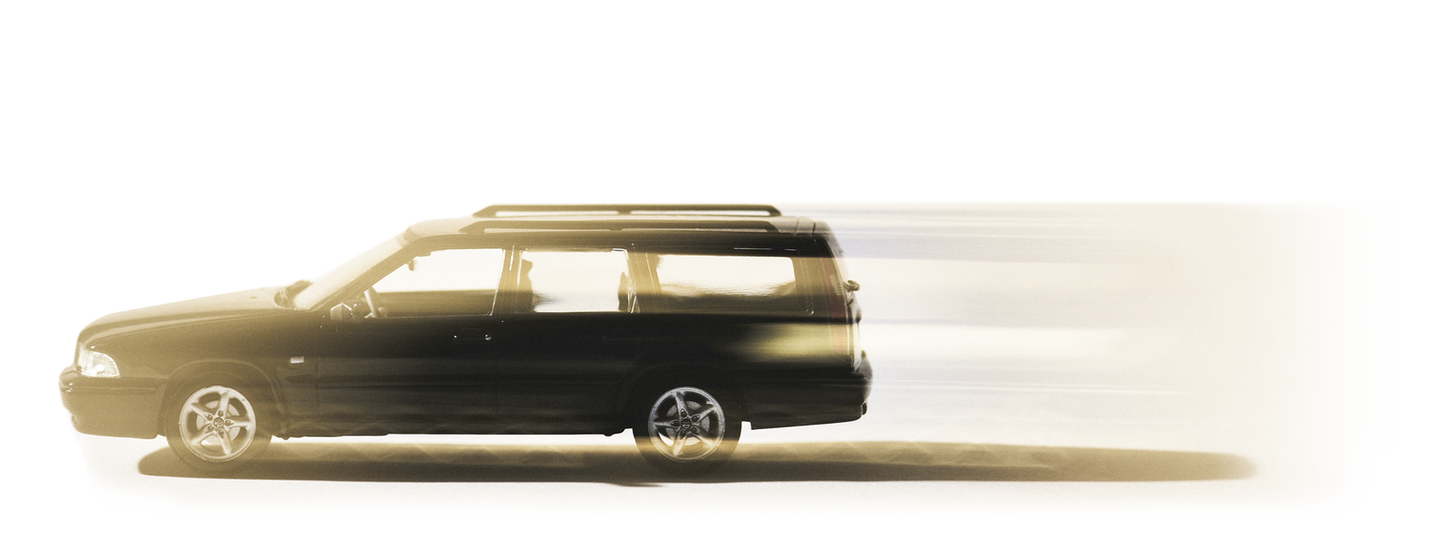MAGAZINES

How AutoWeek hit the digital accelerator
and broke all records
For years, editorial content on AutoWeek’s website drew a steady 3 million page views per month. But in 2022, the average number of monthly visits doubled to more than 6 million – the result of a new business model, and a strategic overhaul.

Damiaan Hage
(46), editor-in-chief of AutoWeek, AutoWeek Classics, AutoWeek Campers and AutoWeek GTO
A lot has changed for AutoWeek since Sanoma Netherlands was acquired by DPG Media in 2020. The popular weekly magazine for car enthusiasts, which started in 1990, does not fall under Magazines within the new organisation, but under Online Services, together with other Special Interest Media (SIM) outlets such as Tweakers, vtwonen and Ouders van Nu.
The business model for Special Interest Media is based on the 3Cs strategy, where the three Cs stand for content, community and conversion. The driving force behind these outlets is passion: they are dedicated to hobbies that readers want to know all about, enjoy talking about with others and are willing to spend money on. Car enthusiasts fit this profile perfectly.
“We are serving different audiences online”
New target group
But AutoWeek doesn’t just appeal to gearheads, says editor-in-chief Damiaan Hage. “Traditionally, we’ve served two target groups: car enthusiasts, who read our magazine and visit our website to get the latest news every day, and car buyers, who are about to purchase a new car and want to make an informed decision. We still produce content for these target groups, but we’ve also added a third one: casual drivers with car-related questions.”
Which cars fit three child seats? What’s a good ice scraper? Do I really need winter tyres? All practical questions about driving that everyone at AutoWeek could answer, but which were rarely turned into website content. That has now changed. Hage: “We hired an editor to write what we call evergreen content, as well as opinion pieces. We can use those articles to link to affiliates that sell the product that’s being discussed, like car tyres.

AutoWeek was first published in 1990. It has a weekly reach of over 1.2 million online visitors and a weekly print circulation of about 39,000.
Page views doubled
The editors have also taken a closer look at the available data and have updated the website’s technology, for example to make it load faster. All these developments began to translate into rapidly increasing growth rates starting in the second half of 2021. While AutoWeek, which bet on digitisation early and has had a website up and running for more than 20 years, sat at 3 million monthly page views for its editorial content for years, that number has now doubled to more than 6 million.
And that’s not even the whole story, because overall AutoWeek’s website now attracts some 16 million monthly visitors. This is thanks to high-traffic sections like the Forum, the Occasions page (offering 200,000 used cars through AutoTrack) and Carbase (an enormous database with extensive data on all car models). “The
site offers loads of content for everyone.”
Print versus digital
This also makes AutoWeek a financially successful brand. “What I’m very happy about is that the circulation of our four print magazines (AutoWeek, AutoWeek Classics, AutoWeek Campers and AutoWeek GTO) barely seems to be affected,” says Hage. “Even though we did start using a lot more content from the magazine online as well. We now see that the target audiences for print and digital are different. They have different interests. Some of our magazine readers think all the attention electric cars are getting is just modern nonsense. But news stories about electric cars do very well on our website. So we’re just dealing with different audiences.”
To keep making good magazines, the editorial department has been divided into print and digital, which each have their own management structure. Online, all content is free. By 2023, AutoWeek wants to focus even more on people who are looking for their next car. “We want to lean into our advisory role and help buyers take the first step in their decision-making process. Through lists, for example, like ‘The best cars under 10,000 euros’ or ‘The best cars for large families’. We’re also committed to further facilitating and encouraging user reviews, where readers themselves can write an ongoing review of their car. This is very interesting because it gives you insights into how a car performs in the longer term, so it allows the members of our community to help each other.”